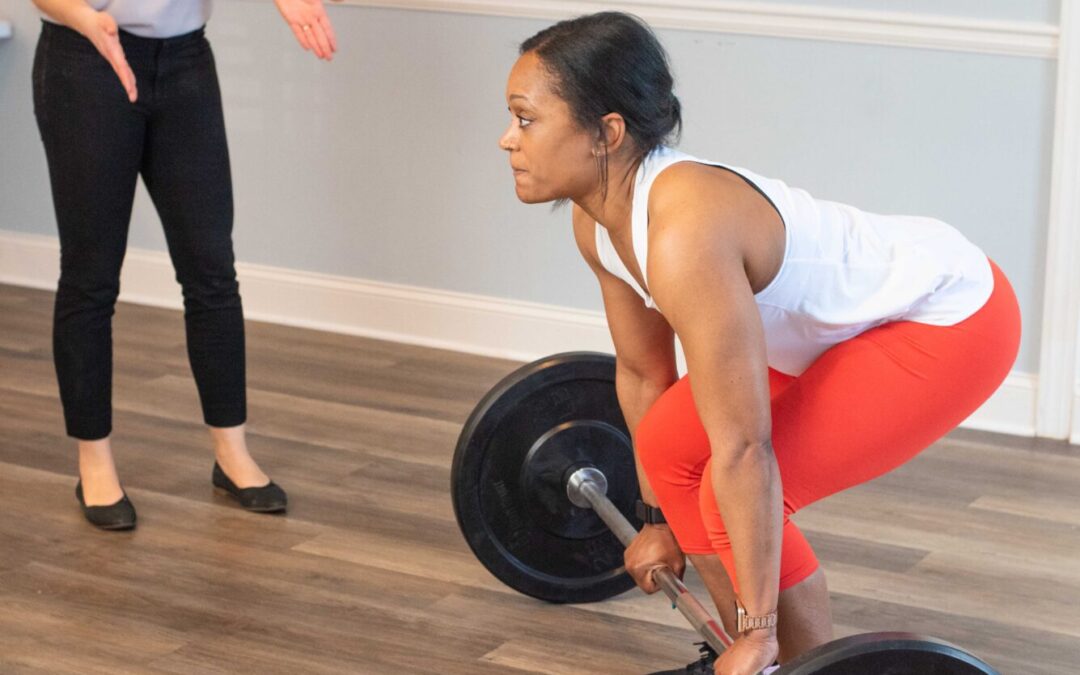Do you feel a bulge? Do you feel heaviness? Do you feel like it’s hard to empty your bladder or have a good bowel movement?
Knowing whether or not you have a vaginal wall prolapse (a.k.a. pelvic organ prolapse) is pivotal, especially if you’d like to avoid surgery and continue to live an active life. Pelvic physical therapy is a very effective way to help reduce prolapse symptoms and prevent your prolapse from worsening through time. Pelvic organ prolapse is a very common condition that affects 75% of women, particularly those who have given birth, gone through menopause, or undergone pelvic surgery. Despite how common it is, it can be a source of discomfort and embarrassment for many. The good news is that there are effective strategies to manage and alleviate the symptoms associated with prolapse, and one of the most promising approaches is pelvic physical therapy.
What is Pelvic Organ Prolapse?
Pelvic organ prolapse occurs when the muscles and tissues supporting the pelvic organs (such as the bladder, uterus, and rectum) become more flexible and less rigid, causing one or more of these organs to press into the vaginal canal. This can lead to a variety of symptoms, including:
- A feeling of pressure or fullness in the pelvic area
- Urinary incontinence or difficulty emptying the bladder
- Bowel problems such as constipation
- Discomfort during sexual activity
- Lower back pain
The Role of Pelvic Physical Therapy
Pelvic physical therapy is a specialized form of physical therapy for many pelvic health conditions. Finding a pelvic physical therapist that is educated extensively in pelvic health is important. The best way to do this is to read Google reviews and read bios on websites of providers. Here’s how Pelvic Physical Therapy can help manage prolapse symptoms:
- Stabilize Pelvic Floor Muscles: One of the primary goals of pelvic physical therapy is to strengthen the pelvic floor muscles. Instead of focusing solely on Kegel exercises, therapists use a variety of techniques tailored to the individual’s specific needs. These may include exercises that improve muscle coordination and overall pelvic stability with the hips, gluteals, lumbar spine and core.
- Improving Muscle Coordination: Pelvic physical therapy focuses on improving the coordination of the pelvic floor muscles with the abdominal and back muscles. This is important because proper coordination can help to reduce the strain on the pelvic organs, especially if you have chronic constipation, or you are lifting heavy for work, home life, or with exercise.
- Reducing Pain and Discomfort: Many women with prolapse experience pain and discomfort in the pelvic region. Pelvic physical therapists use various techniques, including manual therapy, dry needling, and relaxation exercises to help reduce pain and improve comfort.
- Enhancing Bladder and Bowel Function: Prolapse can lead to urinary and bowel problems. Pelvic physical therapy includes educating, bladder/bowel training, and exercises designed to improve bladder and bowel control, which can significantly enhance the quality of life for those affected.
- Education and Lifestyle Modifications: A key component of pelvic physical therapy is education. Therapists teach patients about the anatomy and function of the pelvic floor, as well as strategies to avoid activities and movements that can exacerbate prolapse symptoms. Additionally, therapists may suggest lifestyle modifications, such as weight management and dietary changes, to support overall pelvic health.
What to Expect During Pelvic Physical Therapy
During the initial visit, the therapist will conduct a thorough evaluation, which may include a discussion of the patient’s medical history, symptoms, and lifestyle. A physical examination, including a full pelvic floor muscle evaluation (which may be both an external and internal pelvic floor muscle evaluation), and a full orthopedic assessment.
Based on the evaluation, your pelvic physical therapist will also develop a personalized
treatment plan tailored to your specific needs. This plan may include:
- A series of exercises to stabilize the pelvic floor and core muscles
- Techniques to improve posture and body mechanics
- Manual therapy to address any muscle tightness or pain
- Progressive exercise strategies to help with long-lasting results
- Potential use of a pessary device with a pessary fitting done by your pelvic physical therapist
In Summary:
Pelvic physical therapy is a highly effective strategy for managing the symptoms of pelvic organ prolapse. By focusing on stabilizing and coordinating the pelvic floor muscles, reducing pain, and enhancing bladder and bowel function, pelvic physical therapy can significantly improve the quality of life for women experiencing prolapse. If you or someone you know is struggling with prolapse symptoms, consider exploring pelvic physical therapy as a viable and effective treatment option.
For more information and personalized care, contact ReGenerate Physiotherapy at
678-506-0196 or visit our website at www.regenphysio.com. Our team of experienced
therapists are dedicated to helping you achieve optimal pelvic health and well-being.


Recent Comments